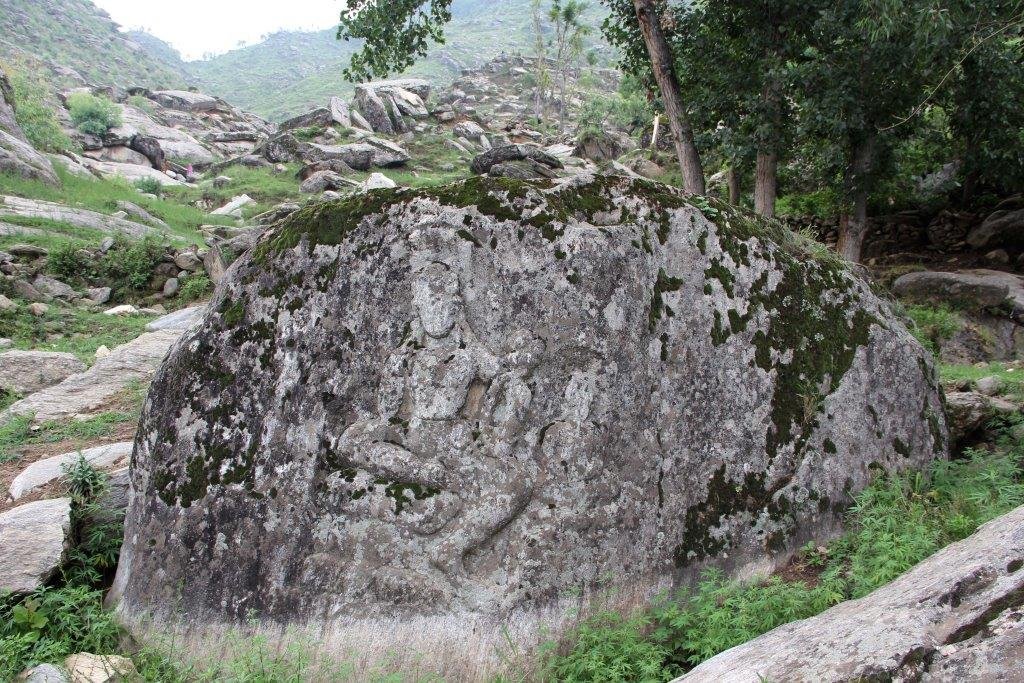By Arun B Shrestha
Climate change is not just a future scenario for scientific discourse. It is already happening and will continue to happen as more heat-trapping greenhouse gases (GHG) and short-lived climate pollutants (SLCP) accumulate in the atmosphere. There is strong evidence that the Earth is already 1°C hotter than at the start of the 20th Century.
The 2030 Agenda for Sustainable Development identifies climate change as one of the greatest challenges of our time, and its impacts will undermine the ability of all countries to achieve sustainable development. Sustainable Development Goal 13 is to “take urgent action to combat climate change and its impact”. The United Nations Framework Convention on Climate Change (UNFCCC), the primary intergovernmental forum for negotiating the global response to climate change, unanimously recognized the need for bold action at the Conference of Parties (COP) 21 in Paris last year, at which governments agreed to “hold the increase in the global average temperature to well below 2°C above pre-industrial levels and pursue efforts to limit the temperature increase to 1.5°C”. While these commitments are good news, they are highly ambitious and the plans developed so far cannot avoid a rise of 3°C.
According to the World Meteorological Organization, in terms of global averages, each of the past several decades has been significantly warmer than the previous one. The period 2011–2015 was the hottest on record, and 2015 – because of a powerful El Niño – was the hottest since modern observations began in the late 1800s. Along with rising temperatures, climate change is disrupting the seasons and increasing the frequency and intensity of extreme events, such as droughts and heavy rainfall. These changes provide a foretaste of a hotter, drier, wetter future.

Extreme climate events can increase the frequency of debris flows, like this one in Brep village, Chitral, Pakistan. Photo by Dr Arun Bhakta Shrestha/ICIMOD
And when it comes to mountains, the indications are that changes will manifest in much stronger ways. The Mountain Research Initiative warns that warming will be much stronger in high elevation areas, such as the Hindu Kush Himalayas, where the impact will be compounded by biophysical fragility and socioeconomic vulnerability. ICIMOD, along with its with partners, has been conducting scientific research on climate change to support policy and action to reduce impacts and vulnerabilities.
According to The Himalayan Climate and Water Atlas, published by ICIMOD, GRID-Arendal and the Center for International Climate and Environmental Research–Oslo (CICERO) in 2015, the mountainous Hindu Kush Himalayas are warming significantly faster than the global average. Already by 2050, temperatures across the region are projected to increase by about 1–2°C on average, with winters seeing greater warming than summers in most places, and temperature extremes also becoming more frequent. Mountainous and high altitude areas will be particularly affected, with warming reaching 4–5°C in some places.
The Atlas also warns that precipitation will change, with summer precipitation increasing in most parts of the region. The number of rainfall events is expected to decrease, but with more water falling during each event, causing both floods and droughts. Intense rainfall is projected to increase in areas where rainfall intensity is already high and less rainfall is projected in arid and semi-arid areas, exposing already vulnerable populations.
However, the Atlas adds that, overall, runoff within the five river basins included in the report (Brahmaputra, Ganges, Indus, Mekong, and Salween) is not expected to decrease until at least 2050, and an increase is even projected for some basins. Increasing precipitation is the main driver of this change, initially combined with increased glacial melt. Mountain people relying directly on meltwater will be particularly affected as the melting of glaciers will reduce the reliability of local water resources, including springs, and increase the occurrence of hazards, including glacial lake outburst floods.
However, climate models are not able to sufficiently capture the sharp horizontal and vertical variations of biophysical processes in the region. Nevertheless, current understanding of climate change can be used by countries in the region to minimize impacts. Perhaps the greatest challenge is to prepare for extreme climate events. A combination of structural measures (such as flood prevention structures) and non-structural measures work best. Non-structural measures, such as the Regional Flood Information System (RFIS) and Koshi Basin Flood Outlook, which provide large-scale flood information well in advance, have proven to be highly effective. Recent developments in ground and space-based observations and telecommunications have significantly improved the accuracy and lead time of information, saving lives and property. At the catchment scale, community-based flood early warning systems, like one successfully implemented in Assam, India by ICIMOD and its partners, have increased the resilience of people.
In addition to floods, droughts also need to be addressed through integrated drought management. Farmers’ access to science-backed knowledge and best practices for coping with drought needs to be improved. With the migration of men increasing, we need more gender-sensitive farming approaches, while also strengthening education and building effective networks for knowledge sharing. Climate Smart Villages model flexible farming and integrate farming with weather information. Residual risk mitigation measures such as crop and livestock insurance also have great potential to reduce risk in the Hindu Kush Himalayas.
While mitigation is necessary to control climate change, adaptation is essential to face the hotter, drier, wetter future. There are many good practices in place, and more need to be identified through research and piloting. We have to know what to expect so that we are able adapt in the best possible way at an acceptable cost – and so that we can exploit some of the opportunities that climate change may bring.





